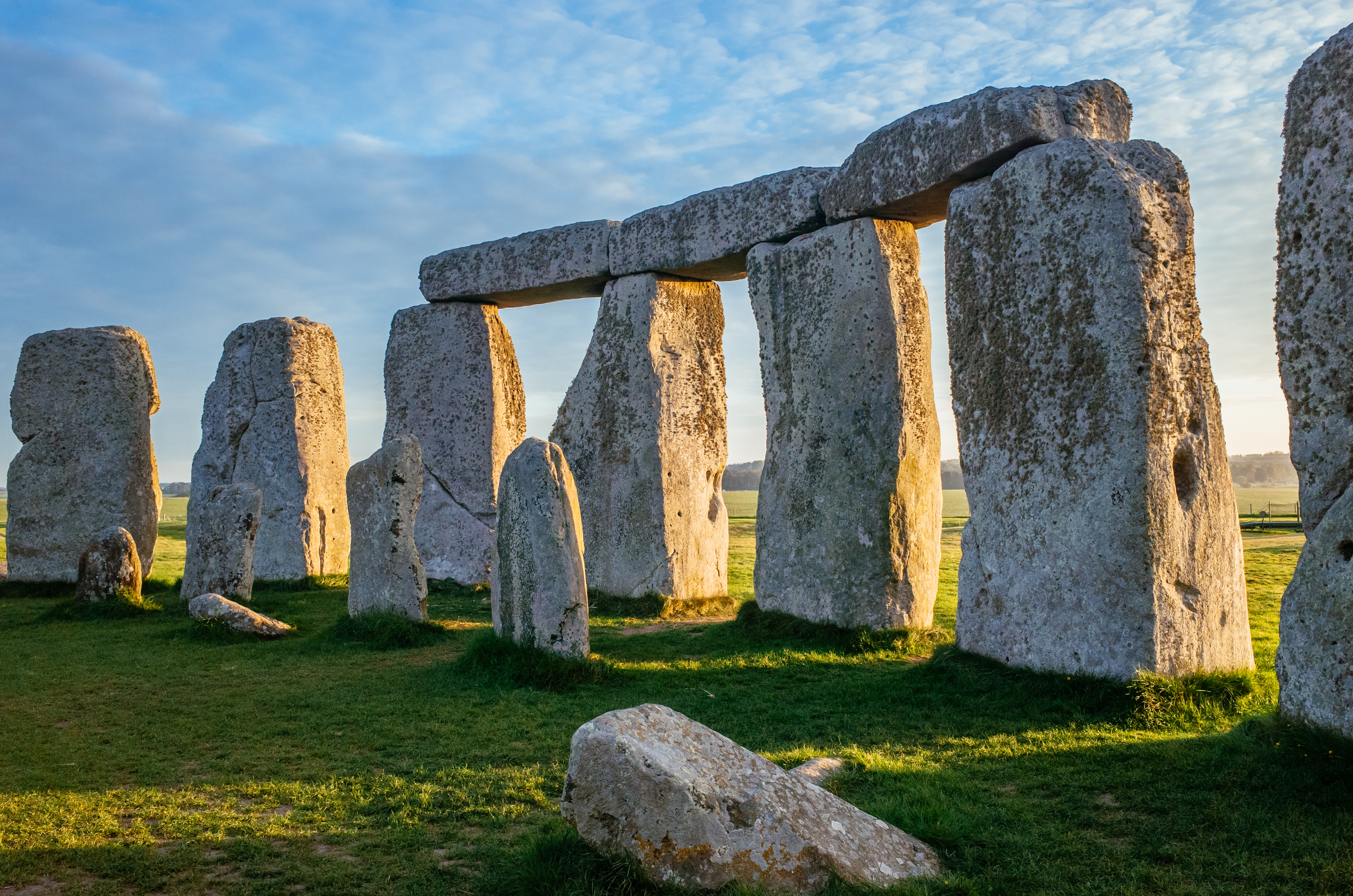
Vocabulary
I will read the words, meanings, and sample sentences. Then, repeat after me.
- domain /doh-MEYN/
- impressionistic /im-PRESH-uh-nist/
- luminous /LOO-muh-nuhs/
- terrain /tuh-REYN/
- pilgrimage /PIL-gruh-mij/
[noun] – an area of interest or an area over which a person has control
Maya saw the company as her domain.
[adjective] – giving a general view or idea of something instead of particular details or facts
He primarily writes in an impressionistic style for his works.
[adjective] – producing or reflecting bright light, especially in the dark
I can still see my watch in the dark because of its luminous dial.
[noun] – an area of land, when considering its natural features
We had to trudge across the rugged terrain all day long.
[noun] – a trip, often a long one, made to a holy place for religious reasons
The shrine served as a pilgrimage destination.
Article reading
Please read the whole article. Then, I will check your pronunciation and intonation.
Some believe that there are mystical, invisible “energy lines” running throughout England. Ley lines? Or perhaps the domain of mythologists and believers in fairies?
Artist and performer bones tan jones traveled from Silvertown, in the London Borough of Newham, to the sacred site of Stonehenge for six days. The artist’s journey began with research into ancient ley lines, a theory that, in the words of author Simon Ingrams, “an implied network of impressionistic significance … said by believers to link or align ancient monuments, notable landscape features, and settlements across the world on a series of invisible energy pathways.” Three years after World War One ended, a councilman from rural Herefordshire in the UK named Alfred Watkins first posited the term “ley lines.” He observed what he later characterized as a grid of straight lines that shone out like luminous wires all over the surface of the country in 1921 as he surveyed the scenery. Churches, standing stones, crossroads, and other landmarks appeared to fall into perfect alignment within this grid. Based on Watkins’ theory, they were created as a result of pre-Roman Britons, who were more resilient than modern Britons, fearlessly walking through rivers and up hills to get to their destinations. This occurred during a period when the English countryside was extensively forested. Visible tracks like beacons were placed in strategic locations, lining up landmarks like mounds and moats, stone circles, and other features throughout the intervening terrain.
Tan jones’ pilgrimage has ended, but the journey is ongoing, still weaving its tendrils between myth and history, the past and the present, and the human and the superhuman.
Artist and performer bones tan jones traveled from Silvertown, in the London Borough of Newham, to the sacred site of Stonehenge for six days. The artist’s journey began with research into ancient ley lines, a theory that, in the words of author Simon Ingrams, “an implied network of impressionistic significance … said by believers to link or align ancient monuments, notable landscape features, and settlements across the world on a series of invisible energy pathways.” Three years after World War One ended, a councilman from rural Herefordshire in the UK named Alfred Watkins first posited the term “ley lines.” He observed what he later characterized as a grid of straight lines that shone out like luminous wires all over the surface of the country in 1921 as he surveyed the scenery. Churches, standing stones, crossroads, and other landmarks appeared to fall into perfect alignment within this grid. Based on Watkins’ theory, they were created as a result of pre-Roman Britons, who were more resilient than modern Britons, fearlessly walking through rivers and up hills to get to their destinations. This occurred during a period when the English countryside was extensively forested. Visible tracks like beacons were placed in strategic locations, lining up landmarks like mounds and moats, stone circles, and other features throughout the intervening terrain.
Tan jones’ pilgrimage has ended, but the journey is ongoing, still weaving its tendrils between myth and history, the past and the present, and the human and the superhuman.
Discussion Questions
I will read each question. Then, please answer them.
- Please describe the most sacred place in your country.
- Please describe your most memorable hiking or travel experience.
- If you were to travel to England, would you like to see the ley lines? Why?
- Do you think that the ley lines are “energy lines”?
- Do you believe that everything in this world is connected? Please share your thoughts in class.
Summarization
Please summarize the whole article using your own words and expressions. You will have one minute to prepare before you answer.
Describe
Please explain the definition of each word listed below based on your understanding. You can provide example sentences if needed.
- mystical
- mythologist
- sacred
- resilient
- strategic